By Susanne von Rosenberg, UC Master Gardener of Napa County
It's the middle of October, we haven't had any rain yet, and I'm working on and thinking about my spring vegetable garden. How can that be?
First of all, the middle of October is more or less the latest time that you can get some cool- season vegetable seedlings into the ground. Most of them, such as the brassicas (broccoli, cauliflower, Brussels sprouts and kale), will not mature before the cold weather sets in. However, they will get a head start in becoming established, develop a strong root system and reward you with rapid growth as soon as the days lengthen and warm up in the spring.
You can still get in one more round of some leafy crops such as fast-growing lettuce or Asian greens. Even if they don't get as big as they would if we had more sunlight and warmth, they will still form a harvestable crop by mid- to late November. Make sure that you protect your little darlings from birds and other critters. At this time of year, anything green and juicy is appealing to wildlife.
Another part of planning for my spring vegetable garden is deciding where to put those October vegetable starts. That means deciding which of my summer crops are ready to come out. This is a good time of year to harvest the last of your tomatoes and cut the plants to the ground or remove them. Tomatoes that ripen later are generally not very tasty and also more likely to succumb to diseases.
Similarly, my pole beans are largely exhausted and ready to be removed. I can't take out all of my squash plants yet because a few are still ripening fruit. However, those that have yielded enough or have only very immature fruits are also coming out. By the way, you can treat those very young winter squash like summer squash; they are edible and tasty.
Because I'm a great fan of cucumbers, I usually coax my cucumber plants as far into the fall as I can. You may also have vegetables that you just really don't want to let go of. That's part of the planning process as well. If you're saving seeds for next year, remember to do that before you remove the plants.
Not all of my summer vegetable plants have to come out at the same time because I don't need all that space for planting. The areas that I'll be planting next spring are great candidates for growing cover crops right now. I like to use fava beans, which are easy to plant. You can eat the young leaves (steamed like spinach) and the flowers (fun in salads), and you can leave some of the flowers to develop into fava beans. I usually like to let the plants mature in those areas where I'll put warm-season crops in late April or May.
Another thing I like to do in the fall is to refresh my vegetable beds, if needed. I have hardware cloth (often referred to as gopher wire) underneath all of my vegetable beds. This year, the gophers broke through in one bed and took out my acorn squash and mini pumpkins.
The other aspect of my spring-garden planning is determining what to plant where and when. I figure out when I need to plant various seeds or seedlings so I can harvest a crop around a certain time. Then I plot where I want to put those plants. I always rotate crops. It's important not to grow plants from the same family in the same spot every year. Crop rotation helps control pests and diseases and also helps balance the nutrient demand in the garden.
Once I know where those plants are going and when, I can decide where to put cover crops and which ones I'll leave in place to harvest. Then I check my seed supply. I make sure that I have the ones I want and that they are fresh enough to use. Some seeds, like lettuce seeds, don't last long, so it's best to purchase new seed ever year. I don't know anyone who plants a full packet of lettuce seeds every year, unless they are growing them as baby lettuce. If you know you won't need all those seeds, consider sharing with friends.
Most brassica seeds, as well as summer vegetable seeds such as tomatoes, squash, melons and beans, are viable for two years. When seeds get too old, they don't sprout as well, and even if they sprout the plants they produce won't be as vigorous. By knowing which vegetable seeds I need, I can order early to make sure I get the seeds I want and they arrive on time.
As you can see, even though the warm weather is winding down, there is still a lot going on in the garden.
Food Growing Forum: Last Sunday of the month through October. Register to get Zoom link at: http://ucanr.edu/foodgrowingforum2020
Sunday, October 25, 3 pm to 4 pm, “Planting Onions, Leeks and Other Alliums and What Else to Do Now”
Napa Library Talks: First Thursday of each month. Register to get Zoom link. http://ucanr.edu/wildlifehabitat2020
Got Garden Questions? Contact our Help Desk. The team is working remotely so please submit your questions through our diagnosis form, sending any photos to mastergardeners@countyofnapa.org or leave a detailed message at 707- 253-4143. A Master Gardener will get back to you by phone or email.
For more information visit http://napamg.ucanr.edu or find us on Facebook or Instagram, UC Master Gardeners of Napa County.

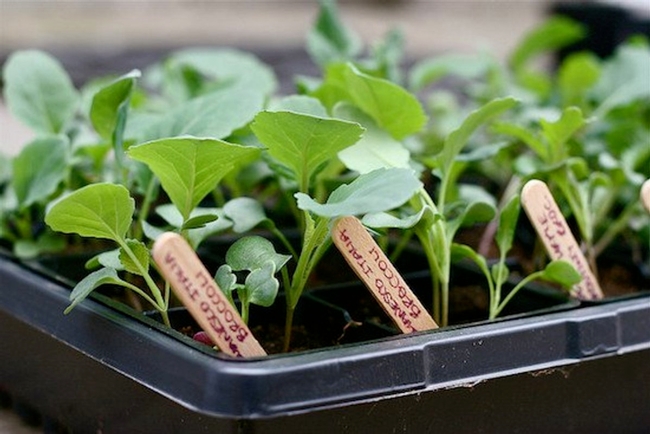
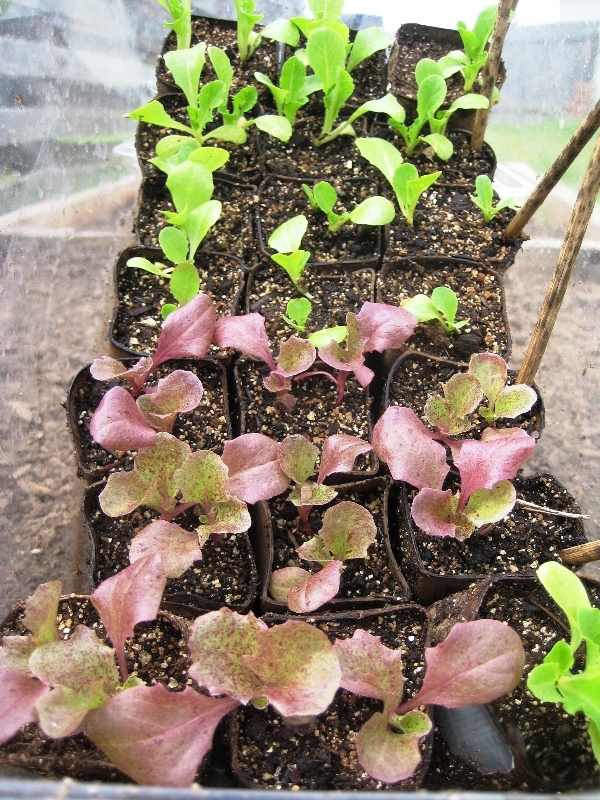
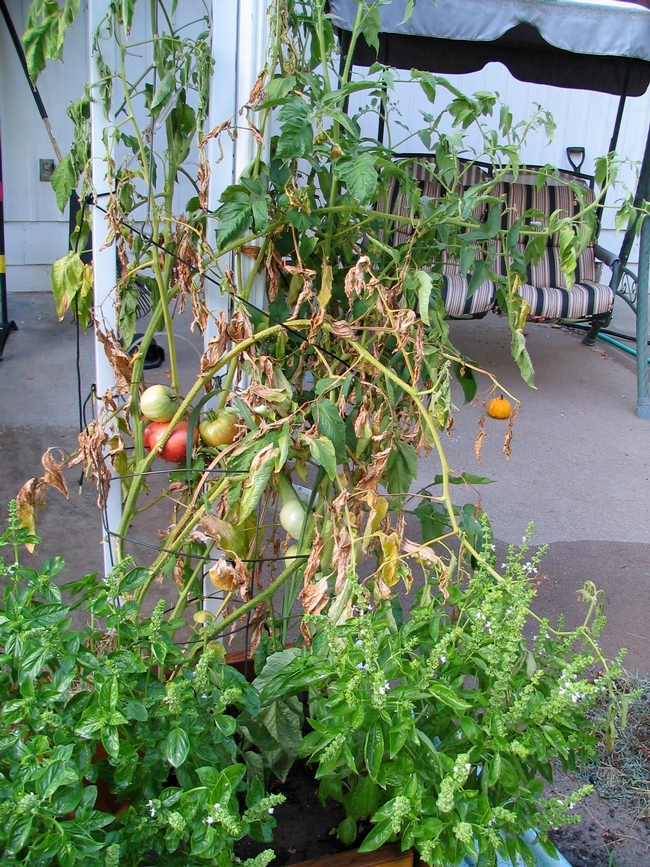
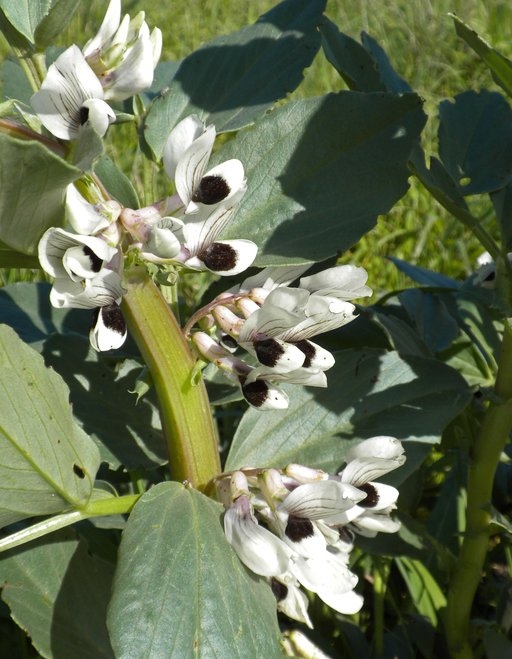
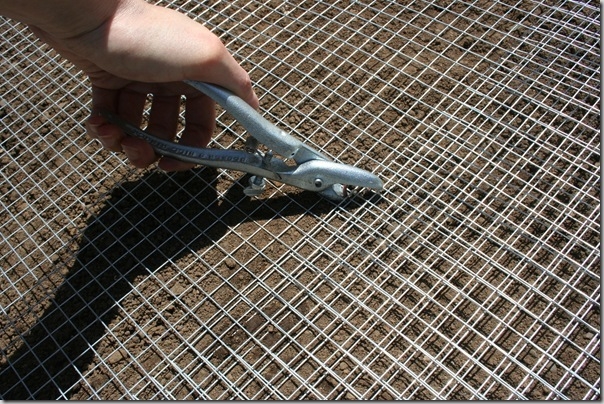
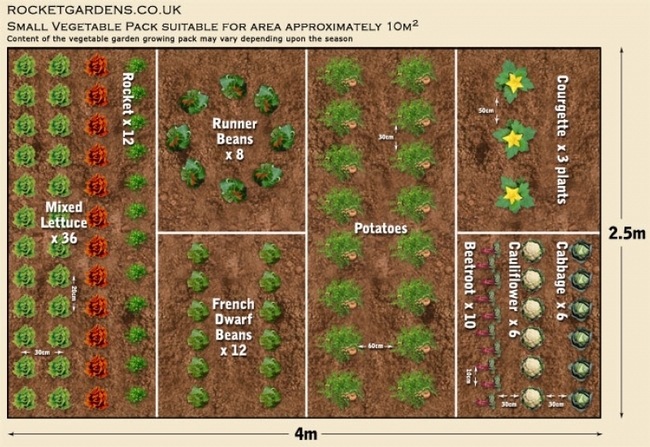
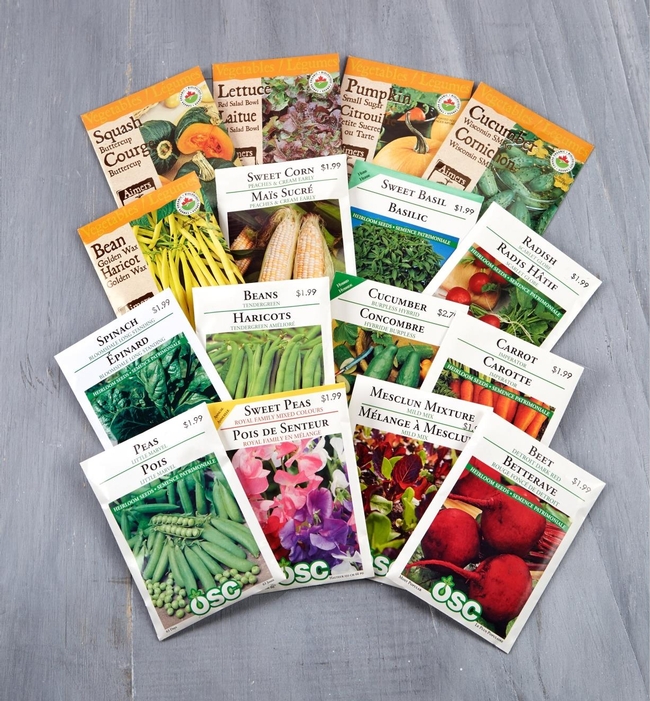
Planting Cover Crops Enriches the Soil.
By T. Eric Nightingale
UC Master Gardeners of Napa County
The long summer of vegetable gardening can leave your soil in need of some rejuvenation, a perfect job for cover crops. Also known as “green manure,” cover crops are a natural and easy way to keep your garden soil healthy. They return nutrients to the soil, improve soil texture, prevent weeds and reduce erosion. The most effective and frequently used cover crop plants are legumes, grasses, grains and brassicas.
Returning nitrogen, a primary plant nutrient, to the soil is possibly the most important role of cover crops. Legumes are extremely good at this. They nurture Rhizobia, bacteria that converts nitrogen in the air into ammonia. Plants can later process this ammonium to obtain nitrogen from it. Rhizobia can't live in the soil on their own, however, so they use the roots of certain plants as a host. Some companies even sell seed with Rhizobia added to the mix. Legumes used as cover crops include fava beans, hairy vetch and clovers.
Brassicas such as radish and mustard are widely used as cover crops in vineyards. You have probably seen them flowering around Napa Valley. These plants grow deep (sometimes as deep as four feet), strong roots that break up the soil, letting water flow deeper into the ground.
Well-hydrated soil not only helps your plants, but allows for more soil organism activity. Grasses such as barley and ryegrass also help to break up the earth, but also allow for the introduction of high amounts of organic matter when they are turned back into the soil. It is common to use many different types of cover crops, in a mix, to provide as much benefit as possible to your garden.
Helping to retain moisture, improving soil texture and increasing fertility all contribute to a robust soil ecosystem. When this system of microbes, fungi, bacteria and other organisms is functioning as intended, the likelihood of soil-borne diseases greatly reduces. Even a garden needs to eat its greens to stay healthy.
Fall is a great time to plant cover crops, since many gardeners take a break between vegetable crops. You can sow cover crops directly from seed, broadcasting them by hand over the soil after tilling it lightly. Cover the seeds with a thin layer of soil to protect them while they germinate. You can add a small amount of fertilizer to give the young plants a jump-start on life. You will get a large return on this small investment when the plants grow.
Cover crops can also be used in the summer. Grasses such as sorghum, soybean and cowpea are often grown at this time. Also used are buckwheat and sunflower, giving the added boon of attractive flowers.
When the cover crops are at the end of their lives or you want to plant something else, turn them into the earth. Their organic matter will break down and further improve the soil. Alternatively, you can mow them and leave them on top of the soil as a mulch. They will eventually decay but in the meantime will further decrease water loss and erosion.
Cover crops also suppress weeds by blocking the sunlight, keeping weed seeds from germinating. If they are left on the soil surface as a mulch, they continue their weed-prevention duties. Some cover crop flowers feed bees, and fava beans, a popular cover crop, are edible and delicious.
There has been extensive research and testing on cover crops in recent decades. Their wonderful features make them sound like a cure-all for anything that ails your soil. In truth, they are one of many contributors to a healthy and productive garden. There is no doubt, however, that any garden will benefit from cover crops.
Workshop: U. C. Master Gardeners of Napa County will hold a workshop on the different kinds of poinsettias and other potted plants for holiday decorating using color and shapes. The workshop will be held on Thursday, December, from 7:00 p.m. to 8:00 p.m., at the Napa County Library, 580 Coombs Street, Napa. This is a free workshop and registration is not required.
Master Gardeners are volunteers who help the University of California reach the gardening public with home gardening information. U. C. Master Gardeners of Napa County (http://ucanr.edu/ucmgnapa/) are available to answer gardening questions in person or by phone, Monday, Wednesday and Friday, 9 a.m. to Noon, at the U. C. Cooperative Extension office, 1710 Soscol Avenue, Suite 4, Napa, 707-253-4143, or from outside City of Napa toll-free at 877-279-3065. Or e-mail your garden questions by following the guidelines on our web site. Click on Napa, then on Have Garden Questions? Find us on Facebook under UC Master Gardeners of Napa County.

